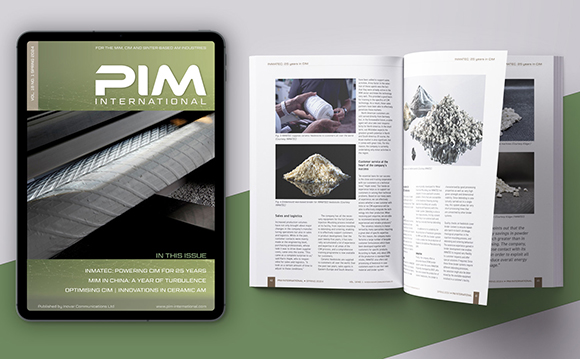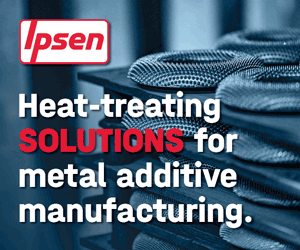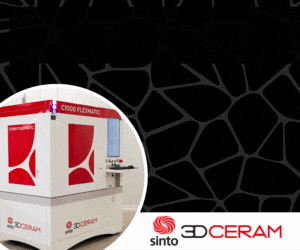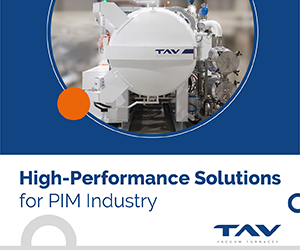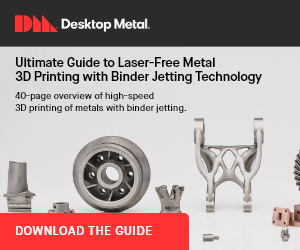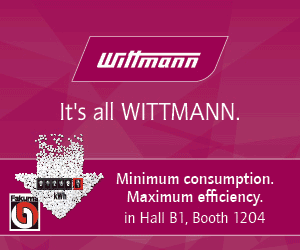Copper-polymer bullets made by injection moulding
September 2, 2015
The firing of small arms ammunition for training, sport, law enforcement, and military purposes is a significant source of environmental pollution. The ammunition for small arms is normally made from high density metals such as lead and its alloys, which are traditionally shaped by casting or by cold forming where the metal is shaped in dies to create the projectile shape. Powder Metallurgy has also been used to produce non-sintered lead-free bullets where the frangible, or “soft”, rounds are designed to break apart when they hit walls or other hard surfaces to prevent ricochets during close-quarters combat.
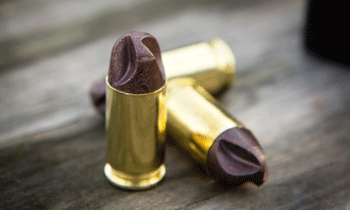
INCPTR-Ammo6-CU1-5784 ammunition made by injection moulding of a copper-polymer compound by PolyCase Ammunition
Early in 2015 PolyCase Ammunition of Savanah, Georgia, USA, introduced a range of patent-pending lead-free projectiles using a copper alloy powder combined with a high-strength polymer binderwhich the company has designated Cu/PTM. The Cu/P projectiles are lighter and faster than lead, are environmentally safe and range compliant. They are produced by PolyCase using a fully automated injection-moulding process and loaded to SAAMI specifications in high quality brass cases.
PolyCase founder and CEO Paul Lemke stated that by using injection moulding of the copper-polymer mixture, the company has been able to produce bullets with a number of advantages. For example, the Cu/P bullets can weigh up to 30% less than lead bullets with similar profiles and being lead free they are more environmentally friendly. Lighter bullet weight also means higher velocity, less recoil and low ricochet – all important qualities for indoor or close range training.
The injection moulding process used by Polycase is said to have fewer weight variations compared with cast lead bullets and ensures excellent concentricity. The process also allows unique shapes to be produced which would not be possible with conventional processes.




